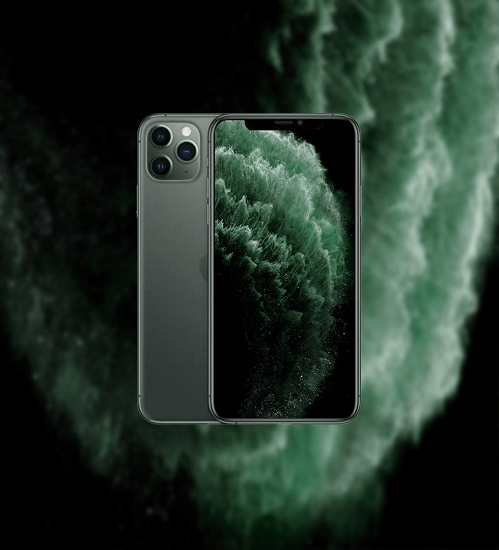Table of Content
Use this stand as a guide so you can be sure you don't have the speaker upside down or in an orientation, it doesn't support. If the stand doesn't attach itself to the speaker, try a different side. If you place Max vertically, it outputs mono sound.Use this placement if you need your device to occupy less space. On top of the silicone bases, with the bases placed in the middle of the bottom of the speakers.
Unfortunately, Google hasn't enabled a way to summon Google Assistant with just a touch to the Max. Google Home Max can sit flat, or stand vertically on its right side. Each spot the speaker can rest on has a series of magnets inside it.
Related Products
One of the headlining features of Max to drive that point home is something Google calls Smart Sound. Setup consists of connecting the Max to your Wi-Fi network, adding a Google account, training it to recognize your voice, and updating its software. It also owes its good ranking to its great volume step consistency and its excellent maximum volume.

It’s very similar to how easy Sonos makes setting up with their app. The Google Home app walks you through step-by-step how to connect the speaker to your wireless router and get it ready for streaming. You should know that WiFi is mandatory as there is no ethernet input if you want to connect it directly to a modem. The Google Home Max suffers from no perceivable temporal artifacts . Spectral artifacts, on the other hand, can appear at quiet, nominal, and maximum listening levels . For example, bass resonances and distortions can manifest on tracks exhibiting powerful low-end frequencies, such as in Electronic music, regardless of the volume.
Should you buy the Google Home Max?
There are some privacy issues that you should be aware of before you put this thing in your bedroom. For one, some Google Home recordings in the past were leaked thanks to contractors that had access to the recordings. Basically, when the Google Home can’t understand a certain command, Google keeps the audio clip to analyze it to try and fine tune how the speaker understands regular speech. You can visit each suppliers listing to view their promotional material; this could be anything from featured images and biographical material/service descriptions, to high-quality video or audio recordings.
The direction you use a gesture on the Max depends on the orientation of the speaker itself. If it's vertical then the touch area will be on the right side. If it's horizontal then the touch area will be on the top of Max.
Where to place Google Home Max
When enabled, you won't be able to interact with it using your voice at all, but can still use it as a Chromecast speaker in music apps like Spotify or Google Play Music. Normally, if you place a speaker in the corner the low end sounds amplified, almost like putting your smartphone in a cup. But the Google Home Max self-adjusts in order to make sure the sound stays consistent. This is good if you don’t feel like going through the trouble of EQing your music yourself, but not so good if you do because you won’t have that level of control. All you get is the basic bass and treble sliders in the Google home app.
That said, browsing is basically impossible because you’re interfacing with your TV through voice. You have to know what you want to watch, and then tell the Google Home Max to cast it. When it comes to setting up a home audio system, it usually requires some confusion and a bunch of cables. That’s been slowly getting better , but that’s not an issue at all with the Google Home Max. Setting it up is as easy as plugging it in and opening up the Google Home app.
Pair a Bluetooth device
Dynamics are impressively well preserved at soft and quiet volumes. Finally, the Smart Sound technology appears to be fairly efficient, adapting the device’s performance appropriately to its acoustic environment. For example, in our bathroom use case, the overall timbre performance remains highly consistent, despite the room’s strong reverberation. Despite the presence of two tweeters and two woofers, the sound field could be wider. Finally, since the speaker is a front-firing device, the directivity is quite poor.

Further, the Smart Sound technology does, as promised, allow the speaker to adapt efficiently to its environment. Therefore, it is capable of dealing with complex acoustics, such as in bathrooms. Behind the fabric are four lights that only show up when you’re adjusting something on the speaker. They’ll turn off a second after you change the volume or after it’s done listening to what you said.
ABS / MetalOn the back are the input and a switch that lets you turn the mic off. The Google Home Max has an acoustically transparent fabric that won’t get in the way of your music. If you have a Chromecast you can ask your speaker to cast to your TV without ever picking up your remote. Light weight, perfectly shaped as to not damage the headphone.
At nominal volume, the frequency ranges are well balanced, with particularly consistent midrange frequencies . That said, high-end is slightly lacking, contrary to the Big Four company’s promise. The bass response, moderately affected by a lack of low-end extension and a few resonances, remains fairly good overall.
I did have some issues with the speaker hearing me when I spoke to it while music was playing, but I’ll get into that later. If you have a Google Chromecast, getting anything to play on your TV is seamless. Even pausing and playing the content is pretty quick and reliable just by telling the speaker to pause or resume playback.
From there, just follow the typical procedure to pair a device with your phone or computer. When you're ready to disconnect your device from the speaker, turn off Bluetooth by saying "OK Google, turn off Bluetooth." This Nedis speaker stand allows you to easily position your Google Home® speaker exactly where you need it in your room. At higher volumes, the speaker had trouble picking up the hotword. The fabric is thin enough for the lights to show through clearly and also feels nice to the touch.







